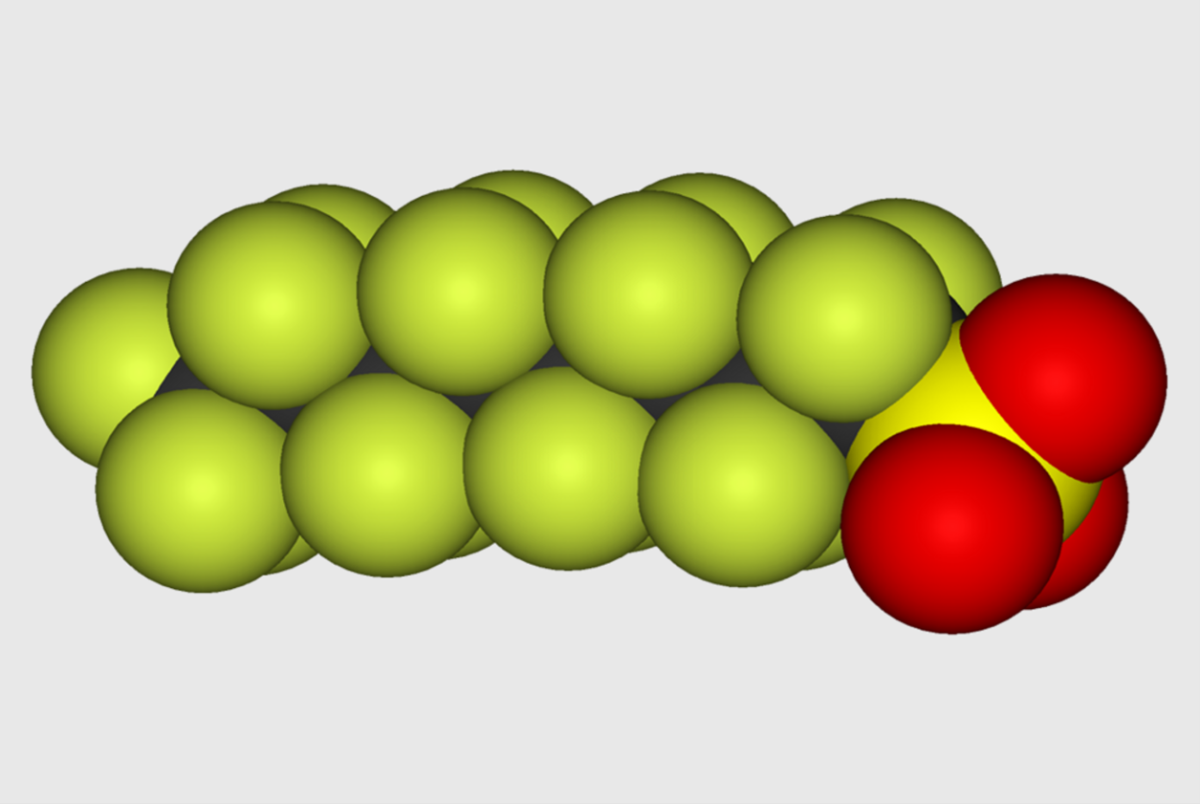Occasional Paper 31: Distribution and Hydrothermal Treatments of per- and poly-fluoroalkyl substances
A review by Baylor Baldwin, currently pursuing a Bachelor’s degree in Biochemistry at Kalamazoo College in Kalamazoo, Michigan, USA, expected to graduate in March 2026. His undergraduate research focuses on synthetic chemistry, particularly the synthesis of coumarin-functionalised peptides and peptoids with potential antibacterial applications. Baylor spent a semester studying abroad at the University of Auckland, followed by an internship with Blended Fuel Solutions NZ Ltd, which cumulated in the preparation of this review. After completing his degree, he intends to pursue a PhD in organic chemistry or pharmacology.
Abstract:
Per- and polyfluoroalkyl substances (PFAS) are a group of man-made chemicals that are found in many types of waste—from city and industrial waste to agricultural runoff. These pollutants are especially challenging to deal with because they don’t break down easily and can stick around in the environment for a long time, posing risks to both human health and ecosystems. Because traditional treatment methods often fall short, there’s a growing need for new and effective ways to remove them.
This review takes a closer look at hydrothermal technologies as promising solutions for breaking down PFAS. These include hydrothermal liquefaction (HTL), hydrothermal carbonisation (HTC), hydrothermal alkaline treatment (HALT), and supercritical water oxidation (SCWO). We examine how well each of these methods works at destroying PFAS, and we also consider their potential to recover energy and useful resources during the process.
In addition, the review highlights where and how PFAS show up in different waste streams and why it’s important to understand how they behave in these complex environments. Looking ahead, we point to key areas where more research is needed—such as improving catalysts, combining different treatment methods, and scaling up for real-world use. By filling these knowledge gaps, hydrothermal technologies could become a powerful tool for tackling PFAS pollution in a more sustainable way.
Click here to read the full document.